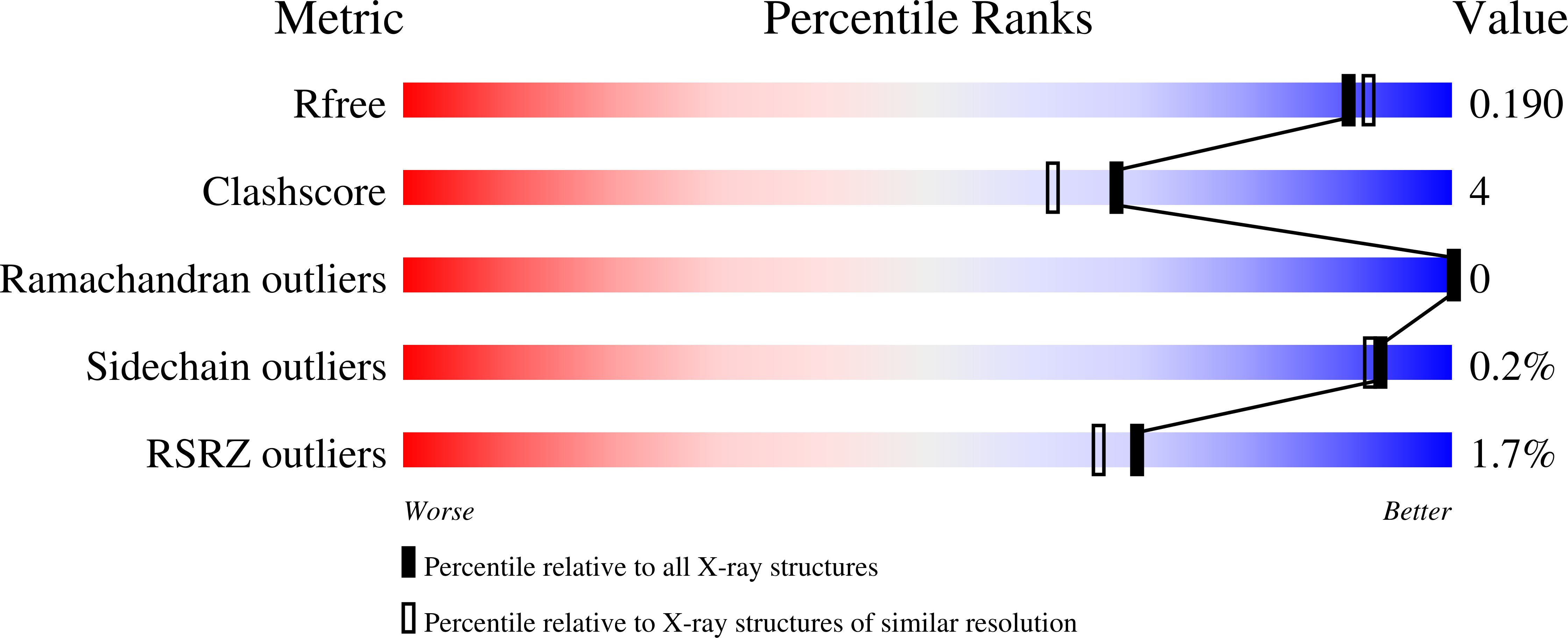
Deposition Date
2015-12-25
Release Date
2016-05-18
Last Version Date
2024-01-10
Entry Detail
PDB ID:
5H8Z
Keywords:
Title:
Crystal structure of the C49A C353A mutant Fenna-Matthews-Olson Protein from Chlorobaculum Tepidum
Biological Source:
Source Organism:
Host Organism:
Method Details:
Experimental Method:
Resolution:
1.80 Å
R-Value Free:
0.18
R-Value Work:
0.15
R-Value Observed:
0.16
Space Group:
P 43 3 2


